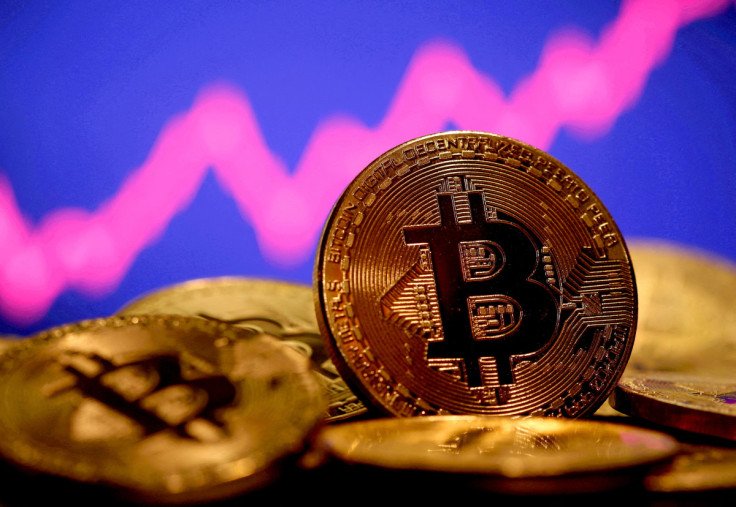High Tech Stocks, Bitcoin Rally Like March Of 2020 – How Long Will It Last?
High technology shares and cryptocurrencies ended March with a strong rally that reminds the rally of March 2020, when the COVID-19 pandemic pushed the U.S. economy into recession, and the Federal Reserve cut interest rates near zero.
Traders and investors chased after the shares of large and small-cap technology shares encouraged by new macroeconomic data confirming the ease of inflation. On Friday, for instance, the Fed's favored inflation gauge, the personal consumption expenditure price index, rose at an annual rate of 5% in February, down from 5.3% in January. It's the lowest reading since September 2021.
"Q1 ends with more promising news on inflation," David Russell, vice president of market intelligence at TradeStation, told International Business Times. "February's PCE price index was below estimates for the first time in three months. Combined with the cooler CPI and PPI reports two weeks ago, this confirms inflation is moving in the right direction."
That could be a game-changer for monetary policy.
"Today's report is good news for policymakers already shifting away from extreme hawkishness and supports the case for a pause in May," Russell continued. "Moreover, it suggests that last month's mini inflation scare based on seasonal adjustments was more of an outlier than the start of a new trend."
The easing of inflation comes at a time when higher interest rates have begun to take their toll on the nation's regional banks, raising the prospect of a credit crunch, which could push the U.S. economy into a recession sooner rather than later. Thus, the conclusion on Wall Street was that the Federal Reserve would have no choice but reverse course, cutting rather than raising interest rates for the rest of the year.
That's what makes the current macroeconomic environment resemble that of March 2020. Lower interest rates mean higher liquidity, fueling demand for highly speculative assets like high-tech shares and cryptocurrencies. Thus, the rally seen towards the end of last month was in high beta large and small technology shares, meme stocks and Bitcoin.
Still, prudent investors should be cautious of chasing this rally, as several things also make the current macroeconomic situation different. First, the largest segment of the U.S. economy, the service sector, is still getting a boost from the tailwinds of the recovery from the COVID-19 pandemic. As a result, service inflation may stick around much longer than Wall Street expects.
Second, the recent end of the pandemic lockdowns in China could reignite growth for the world's second-largest economy fueling another cycle of commodity price hikes.
Third, even if the Fed begins cutting interest rates, these cuts may be smaller and less precipitous than the cuts of March 2020, when the nation's central bank made money free. In addition, they may be already discounted by markets.
Fourth, it's doubtful that Washington will launch another fiscal stimulus package as big and as fast as it did in 2020, providing another boost to the demand for speculative assets.
Meanwhile, investors must pay close attention to a stream of new macroeconomic data to be released next week, including the payroll and unemployment report on Friday. It could shed some light on the nation's labor market, something the Fed follows closely in setting the direction of monetary policy.
"While there is a good amount of data to digest this week, it will largely serve to give a complete picture of the U.S. economy in the lead-up to the turmoil in the banking sector," a Deutsche Bank Research report said. "The extent to which this turmoil impacts the real economic data over the next few months will be a major determinant of the Fed's upcoming policy decisions."

© Copyright IBTimes 2025. All rights reserved.





















